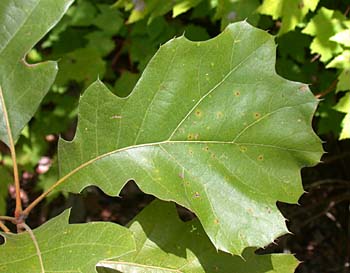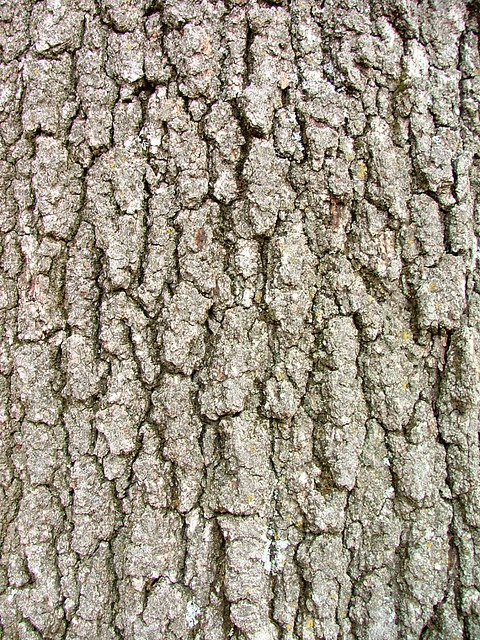What tree are these from exactly? all 4 leave cam from the same tree, I believe it maybe red oak?
thank you

thank you
BASOD said:Cherry bark oak. A pic of the trunk would help.
http://www.cas.vanderbilt.edu/bioimages/species/qupa5.htm
clemsonfor said:Cherrybark oak is a coveted high value species that grows in bottom lands. Its used for veneer peelers. WERE talking huge money triple what regular oak brings. Yes it is a "red" oak.
It is natural tree that got hit by lightning about 5 years ago, it is/was the biggest tree in prolly 10 square miles it fell I think last year or the year before. there is about a 12' truck still in the ground which is atleast 8' in diameter, it came up about 12 feet and beroke off at where it started branching, it is a humongous tree. Here are a couple pics of some pen blanks I got out of it. I will go and get some pics of the tree itself and post shortly, its gotta be atleast a 200 year old tree maybe



A clue to what it is would be where it was growing and was it natural or planted?
clemsonfor said:If its that size its easy 200!! Is this in a moist area, what we call a mesic or wet site? Not standing water swamp but the next tier up, maybe gets flooded once or twice a year type bottom land?
Cherrybark will get to be a huge tree its just not very common anymore as it was cut down most of the time years and years ago as its valuable and has been so. Im just a forester not a Wood worker so im not up on the type of grains and patterns like some may be. Also i dont deal in HW usually so im not as good on particular oak species etc, i can identify them thats not what i mean, i mean more like this would be a good wood for that etc.


Adios Pantalones said:That bark doesn't look like cherry oak (of course, I thought the leaves didn't look right either- IIRC, cherry oak has deeper sinuses like standard red oak).
The bark looks more like black oak
Black oak:


Brewmonster said:Eight feet in diameter? So, like 24 feet in circumference? Really? That's only a little less than the biggest Q. pagoda in VaTech's Big Tree database, and right up there with the very biggest Q. falcata. Damn!
Positive ID might be tricky. Until recently Q. pagoda was regarded as a variety of Q. falcata.
 lol
lolAdios Pantalones said:In the end, it doesn't matter. It's a red oak of sorts, will therefore require extra drying time, and it will burn very well.

